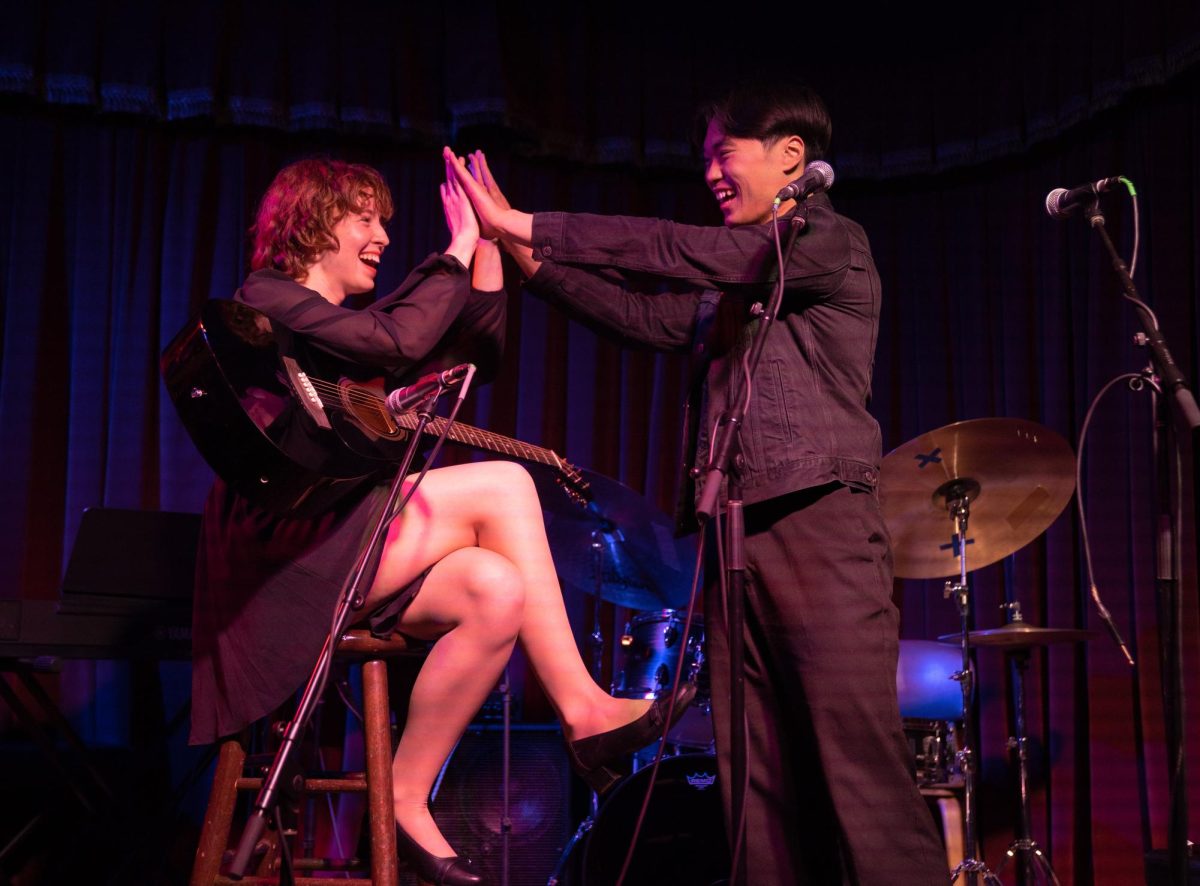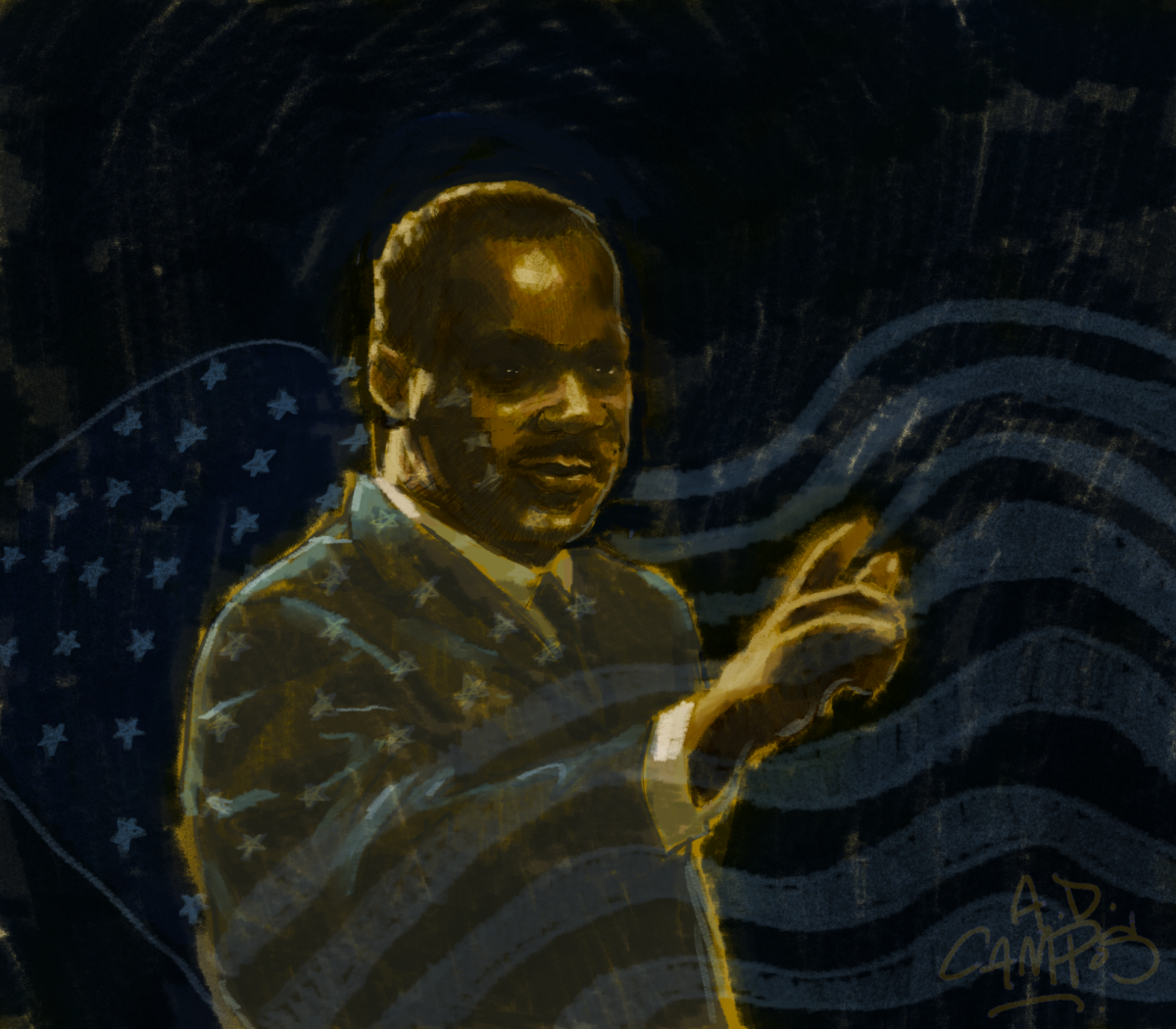The Internet connects all sorts of people — friends with friends, strangers with strangers, employers with employees and, to the chagrin of culprits worldwide, law enforcement with criminals.
It’s an eyebrow-raising concept — police officers combing Craigslist, Twitter and Facebook statuses for evidence of wrongdoing. But with more than 940 million social networking users worldwide, according to InSites consulting, what people share online has become an important element of crime investigation. A whole new crime-fighting venue has emerged and authorities in cities from London to New York to right here on campus have taken notice.
“It’s become one of our go-to things in almost any investigation if we’re looking for someone or something,” said UT Police Department Sgt. Chris Bonnet. “We’ll look on different social media sites, and not just social media, but also Craigslist or eBay if we’re looking for property. If we’re looking for a person, almost always we’ll look at social media, just to see what’s out there.”
Law enforcement agencies internationally have similar ideas. During the recent chaos in the UK, Scotland Yard and other organizations tracked down looters with their incriminating photos and posts on Facebook and Twitter — tools that the looters themselves used to organize. And in August, the New York Police Department announced the creation of a unit whose job, according to the New York Daily News, is to “mine social media, looking for info about troublesome house parties, gang showdowns and other potential mayhem.”
Unlike the NYPD, Bonnet said UTPD doesn’t “fish” for random troublemakers, which would require a lot of resources the department doesn’t have and might send the wrong message to students.
“I don’t think UTPD would ever be the type of department that’s digging into peoples’ business with no cause to,” Bonnet said. “That would kind of cut down on our proactive surfing around. People say things all the time that could be taken out of context. We like to have some kind of context before we go looking at peoples’ Facebook pages.”
Instead, Bonnet and other on-campus police officers employ methods that have been instrumental in solving numerous cases. They use photos and posts that students and staff share on the Internet to provide insight and clues to ongoing investigations. These online observations aren’t necessarily useful in court, but online updates that identify where people were and what they were doing at specific times are “very useful” when it comes to confirming what’s true or not.
“It’s useful in any number of things,” Bonnet said. “If we have someone who is maybe a person of interest or a suspect, it doesn’t hurt to see what kind of pictures they have or what they’re saying about themselves online. What they say their favorite movie is or who they admire can tell you whether or not they might be the person you’re interested in.”
UTPD’s jurisdiction extends throughout the 40 Acres and also on the University’s off-campus sites, leaving other student-heavy areas such as West Campus, Riverside and Far West to the Austin Police Department’s watch. APD didn’t return calls for comment, so how the organization uses social media to do its job is unclear. Bonnet said that they at least use it the same way UTPD does — it’s a necessary element in many investigations.
“We’d be foolish not to look at social media,” Bonnet said. “It’s a great source of information for us.”
Printed on September 8, 2011 as: Police scour social media for evidence














